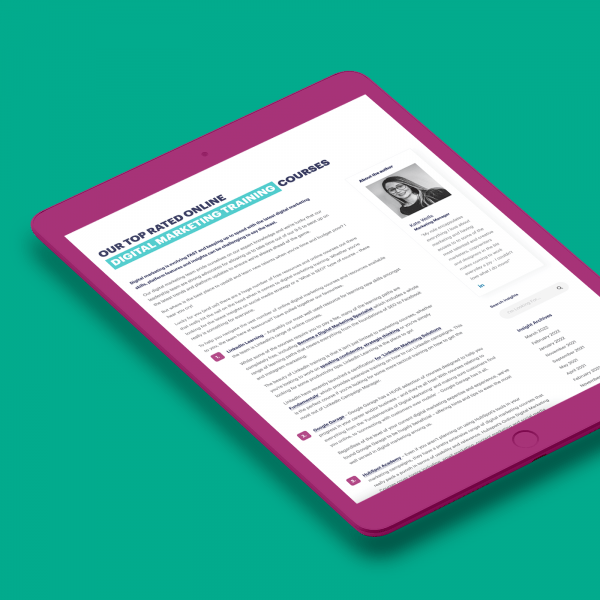The European Union (EU) has just unveiled its first draft of the EU Artificial Intelligence (AI) Act – it is creating waves of anticipation and curiosity. In this blog, we’ll take you through the details and implications of this ground-breaking act, ensuring you’re well-informed about its potential impact on your life and business.
To put it simply, the EU AI Act is a proposed regulation that aims to establish an extensive framework of rules and standards governing the use and development of AI within the EU. With AI rapidly becoming more integrated into various aspects of our daily lives, it’s crucial to ensure that its implementation is guided by principles of safety and responsibility. The law has proposed that responsive generative AI systems, such as Chat GPT, must be reviewed before release. In addition, it is looking to ban real-time facial recognition.
This comprehensive set of regulations is designed to serve as a protective shield against potential mishaps and abuses related to AI. But here’s what’s particularly noteworthy: its reach extends beyond just EU residents and companies. The act applies to anyone who markets or utilises AI systems within the EU’s boundaries. So, if you thought you could evade the impact of AI regulations simply by crossing borders, think again!
Now, let’s delve into the heart of the matter, high-risk AI systems. These are the ones that have the potential to pose significant risks to our health, safety or fundamental rights. Whether we’re talking about critical infrastructures, educational institutions, law enforcement agencies or border control measures, the act sets stringent requirements for these high-risk systems to ensure compliance.
Of course, you may be wondering what happens if you choose not to play by the rules. Non-compliance with the EU AI Act can lead to severe penalties and substantial fines. So, unless you have an overwhelming desire to bid farewell to your hard-earned cash, it’s best to stay on the right side of the regulations.
At its core, the act strives to ensure that AI systems respect our dignity, freedom, democracy, equality and human rights. It unequivocally prohibits any practices that could be harmful or discriminatory. In essence, it’s all about fostering an AI landscape that upholds and promotes ethical principles.
Transparency is another critical element emphasised by the EU AI Act. It seeks to keep users fully informed and engaged. Providers of AI systems are required to provide clear, understandable information about their system’s capabilities, limitations and intended use. The act aims to establish a culture of accountability in the world of AI.
To ensure compliance and accountability, national competent authorities are entrusted with the role of watchdogs. These authorities will diligently monitor the AI landscape, keeping a vigilant eye on developments and taking decisive action against those who fail to meet the regulations. Consider them the guardians of responsible AI implementation, working to safeguard our rights and interests.
You may wonder whether the EU AI Act will hinder progress and impede ground-breaking developments. The act is not intended to stifle innovation; rather, it aims to support and encourage research and development in the field of AI. It adopts a risk-based approach, allowing organisations to harness the benefits of AI while remaining proactive in identifying and addressing potential risks. So, innovation can continue to flourish, but with a sense of responsibility.
The scope of the EU AI Act encompasses a wide range of domains. It aims to protect our rights and ensure safety within these critical areas of society. However, it’s important to note that the act may not come into full force until 2026, and there will likely be revisions and refinements along the way. After all, the field of AI is evolving at lightning speed, and it’s essential to adapt regulations to keep pace with the advancements.
The EU Artificial Intelligence Act marks a significant milestone in harnessing the power of AI while holding it accountable. Stay tuned for more updates on this intriguing development. We’ll continue to keep you informed as the landscape evolves and the act progresses toward implementation.





